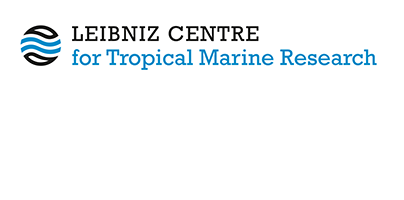Depth drive shifts in the fish and benthic assemblages of the South American Reef System.
Costa, Rhayany Juvêncio, de Macedo Carneiro, Pedro Bastos, Feitosa, Caroline Vieira, de Sousa Barroso, Hortência, da Silva, Marcus Vinicius Chagas, Giarrizzo, Tommaso, Salani, Sula, Gastão, Francisco Gleidson C., Garcia, Tatiane Martins, Tavares, Tallita Cruz Lopes, Smith, Tyler B. and Soares, Marcelo O.  ORCID: https://orcid.org/0000-0002-4696-3166
(2024)
Depth drive shifts in the fish and benthic assemblages of the South American Reef System.
Scientific Reports, 14
(1).
DOI https://doi.org/10.1038/s41598-024-76641-1.
ORCID: https://orcid.org/0000-0002-4696-3166
(2024)
Depth drive shifts in the fish and benthic assemblages of the South American Reef System.
Scientific Reports, 14
(1).
DOI https://doi.org/10.1038/s41598-024-76641-1.
|
Text
Soares.pdf - Published Version Available under License Creative Commons: Attribution-Noncommercial-No Derivative Works 4.0. Download (2MB) |
Abstract
The low-latitude habitats of the South American reef system have a high endemism and represent important stepping-stones due to the connectivity with Amazon and Caribbean reefs. We provide the first seabed mapping, and analyze the benthic cover and fish assemblages of these extreme reefs. Fleshy macroalgae (2—66% of cover), algal turfs (0—47%), and sponges (3—25%) are the dominant benthic groups. The main reef builders are crustose coralline algae (2—23%) and only four coral species (0 to 18%), mainly the weedy Siderastrea stellata. Cluster analysis distinguished two groups. The first group includes the shallowest reefs (~ 17 m deep) where fleshy macroalgae are abundant together with higher siltation on the reefs (~ 31% covered by sediments). The second group, by contrast, includes the deeper reefs (22.5—27 m), which have much higher algal turf cover, and the lowest sediment cover (4%). The deeper reefs also have the highest cover of corals (18%) and sponges (25%). We recorded a total of 63 fish species, with the deep reefs being the richest. Analysis indicated that the composition of the benthos was considerably more homogeneous across the study area than the composition of fish assemblages, which had a higher turnover of species among reefs. Moreover, we identified the depth of the reef as a variable structuring the benthic assemblages. The fish assemblage is influenced, in turn, by the benthos. Overall, the seabed mapping revealed the existence of a single reef system with high spatial heterogeneity. Our results provide new insights into the structure of these extreme reefs that have evolved under the influence of sediment resuspension, moderate turbidity, and are warmer than other West Atlantic reefs located at middle- and high-latitudes.
| Document Type: | Article |
|---|---|
| Programme Area: | PA2 |
| Research affiliation: | Ecology > Reef Systems |
| Refereed: | Yes |
| Open Access Journal?: | Yes |
| DOI: | https://doi.org/10.1038/s41598-024-76641-1 |
| ISSN: | 2045-2322 |
| Date Deposited: | 27 Oct 2025 19:13 |
| Last Modified: | 27 Oct 2025 19:13 |
| URI: | https://cris.leibniz-zmt.de/id/eprint/5902 |
Actions (login required)
 |
View Item |





 Tools
Tools Tools
Tools